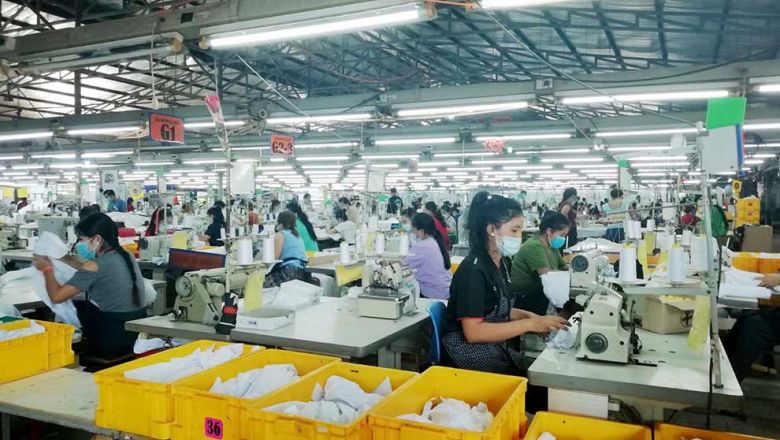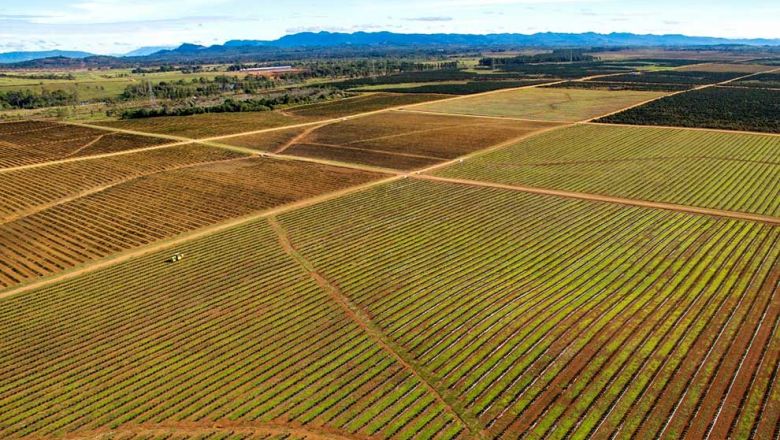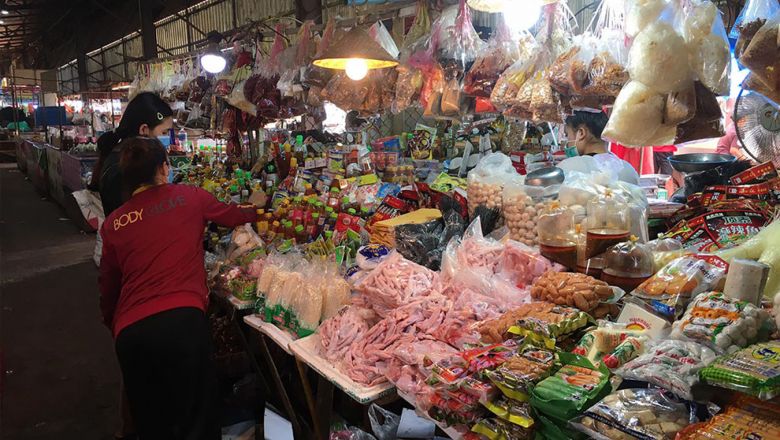Smallholder project reaps rewards for Lao agriculture
Smallholder project reaps rewards for Lao agriculture
Agriculture in Laos is becoming increasingly productive as a result of continued government promotion and expanded international cooperation.
The Smallholder Development Project is one initiative in particular that is helping to boost agricultural productivity, increase incomes, and reduce rural poverty.
The project's steering committee is made up of various government bodies such as the ministries of Agriculture and Forestry, Finance, Planning and Investment, and Industry and Commerce.
Officials from the four provinces where the project was implemented met in Vientiane this week to summarise the project's achievements after it ended this year.
The meeting took place on May 27 and 28 at the National Agriculture and Forestry Research Institute, chaired by the Deputy Minister of Agriculture and Forestry, Dr Phet Phomphiphack.
The first phase of the project took place from 2003 to 2011, funded by a US$12 million loan from the Asian Development Bank (ADB).
The project focused on 28 districts in the provinces of Vientiane, Khammuan, Savannakhet and Champassak. Local farmers were encouraged to grow rice, sweetcorn, vegetables, sugarcane, coffee and beans, and raise livest ock.
The second phase ran from 2012-2015, supported by a loan of US$5 million from the the ADB.
The objective of the project was to promote sustainable commercial smallholder agriculture and associated agribusiness in Laos, with the goal of achieving sustained increases in rural incomes and long-term reductions in rural poverty.
To achieve these goals, the project aimed to increase the production and marketing of diversified, non-rice dry season cash crops, livestock, and fisheries; improve smallholder access to domestic and international markets and to market information; and increase investment in value-adding agribusiness.
The project comprised five main activities: strengthening of producer groups, boosting knowledge of post-harvesting techniques, service improvement at agriculture promotion centres, and knowledge development on marketing and agribusiness for producer groups in tandem with staff's skill development.
Through the project, crop yields including rice, sweetcorn and coffee in the target areas increased from 30,000 tonnes in 2010 to 50,000 tonnes in 2014, according to a project report.
A total of 64,400 households increased their income from sales of their produce and were able to save money.
Wet season rice yields rose from 2.5 tonnes a hectare to 3 tonnes, and from 2.8 tonnes to 3.2 tonnes in the dry season.
Now that the project has ended, the sectors involved should continue to station staff in each area to advise farmers on agricultural techniques, Dr Phet said.
“We must continue to create more model families and improve agricultural centres so that farmers' skills continue to improve,” he added.

















